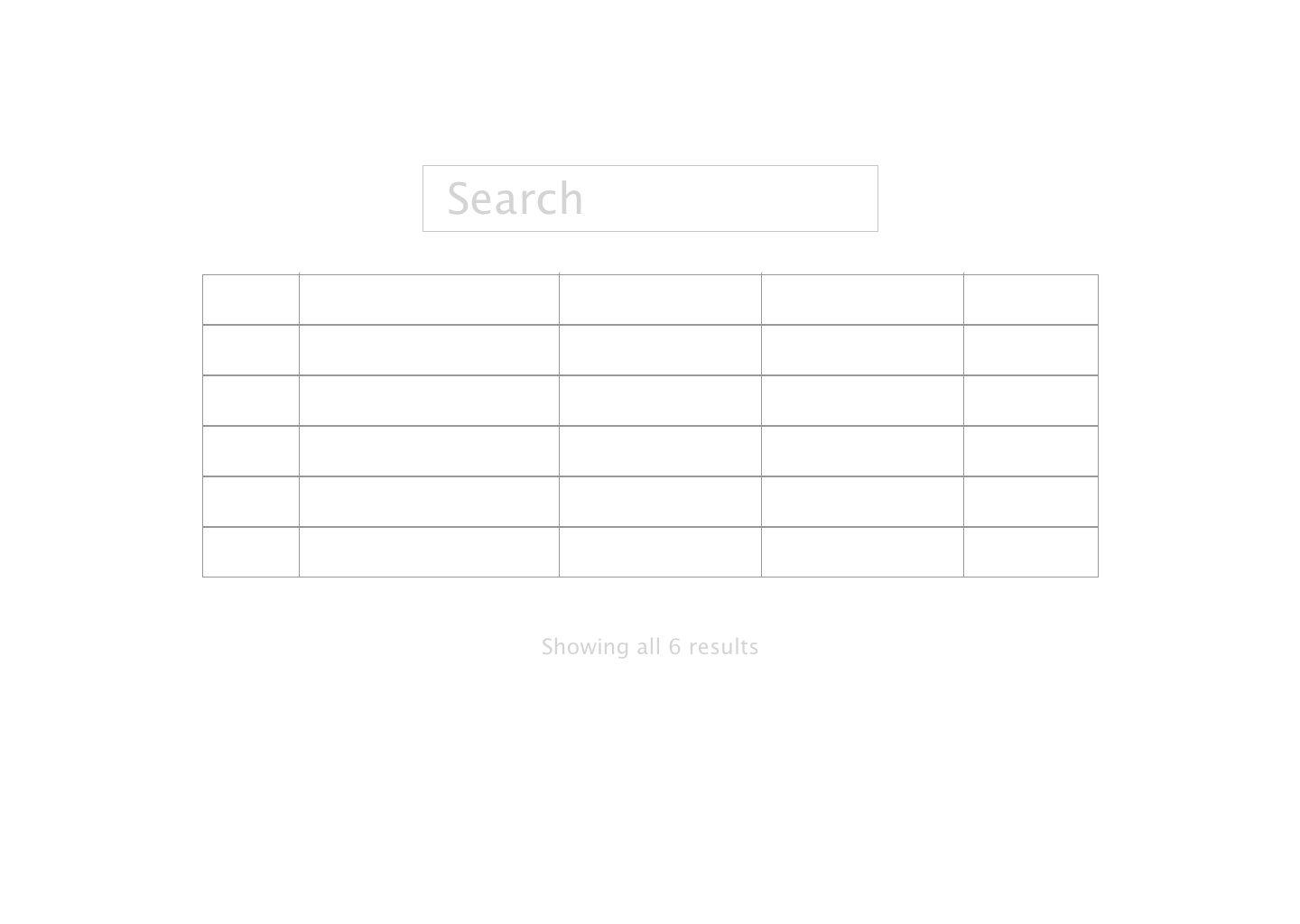Intro to React
A JavaScript library for creating user interfaces

Mitch Masia, CTO Hexient Labs / TalkRise
Good Company












The Old (imperative) Way
Hard to track updates
Expensive DOM operations
Debugging nightmare

Hard to track updates + Expensive DOM Operations + Debugging Nightmare
The Old (imperative) Way
How About React?
What should the page look like?
(Components + Unidirectional Data-Flow)
Another JS Framework?
Not Quite
How's it different from Meteor/Backbone/Angular/*.js?
Just the "View"
React is just the "View" layer, not a fully-baked MVC framework.
Flexibility is key.
Plain 'old JavaScript.
What We Know
JavaScript is FAST
DOM is SLOW
Reusable Components
Components return JSX (they describe how the page should look)
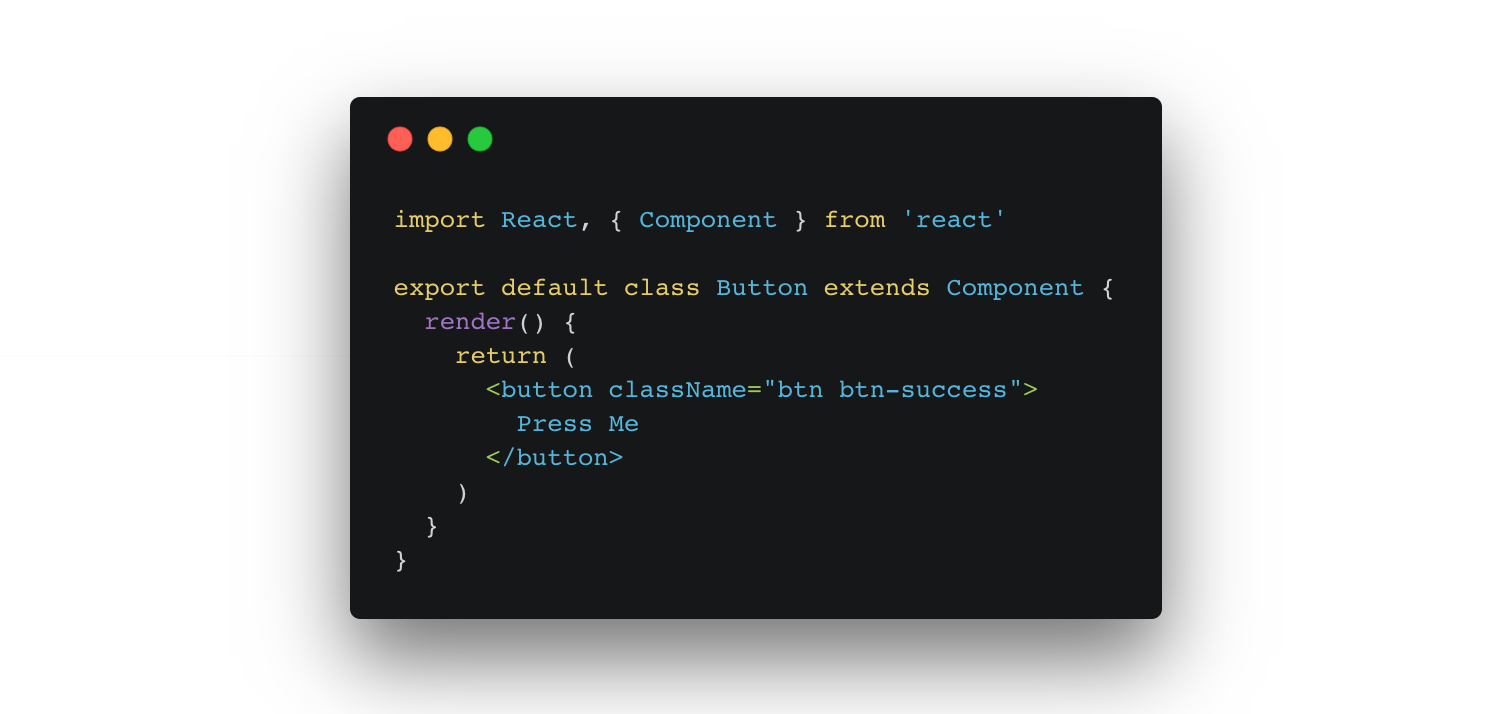
JSX?
const element = (
<h1 className="greeting">
Hey, Morrison!
</h1>
);const element = React.createElement(
'h1',
{ className: 'greeting' },
'Hey, Morrison!'
);JSX
JS
Babel compiles JSX to JS
Using Components
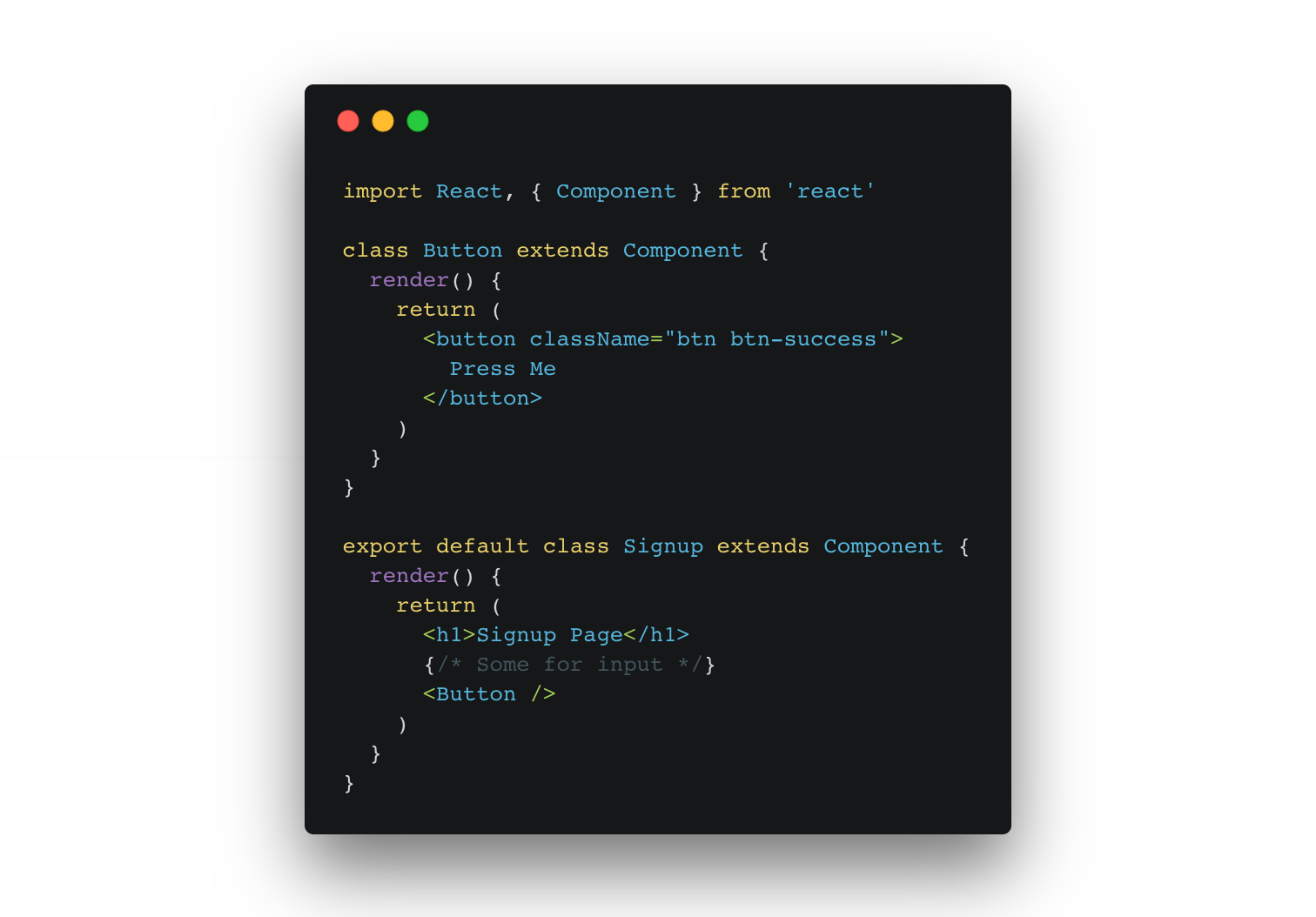
Dynamic Components
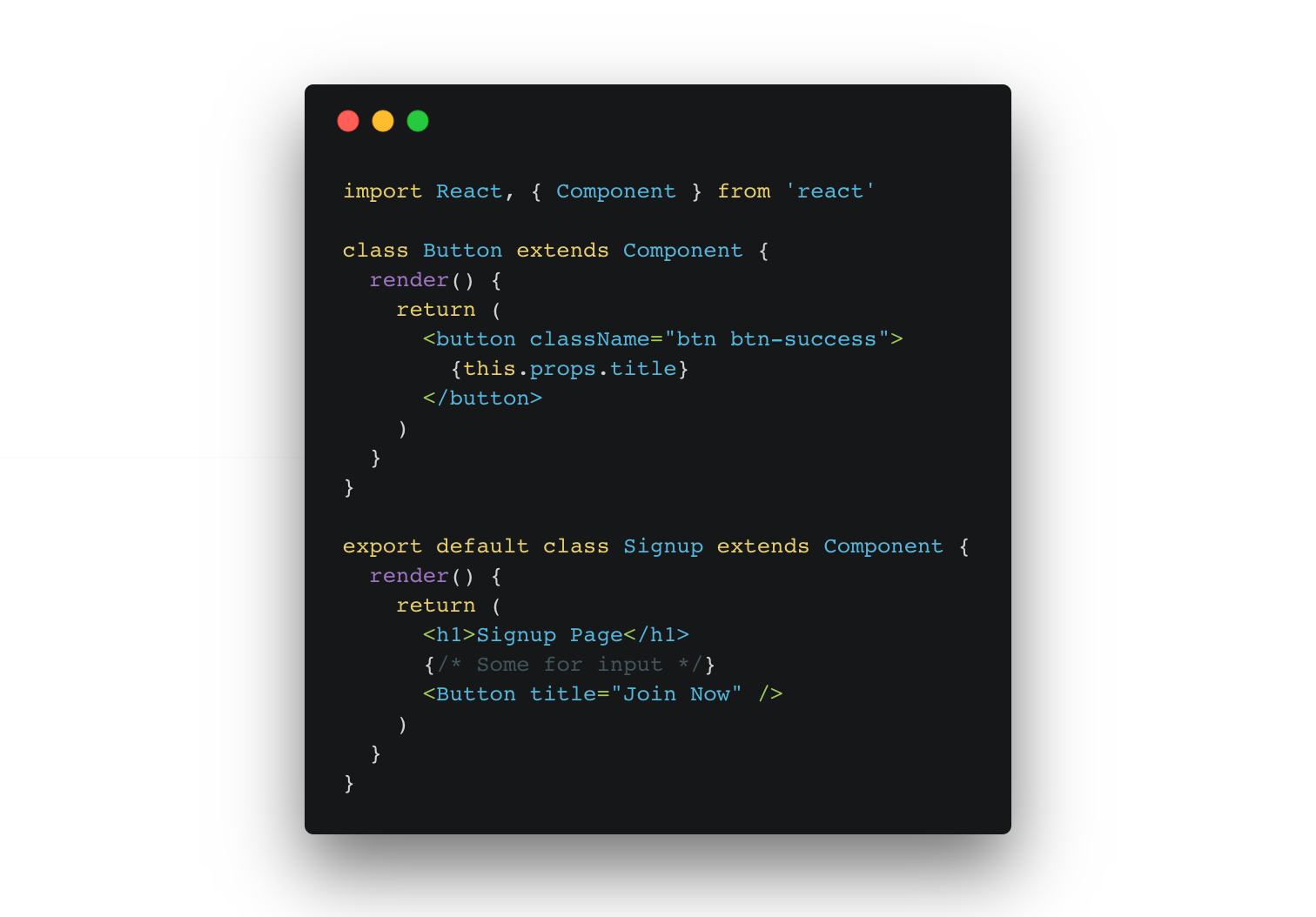
Components with State
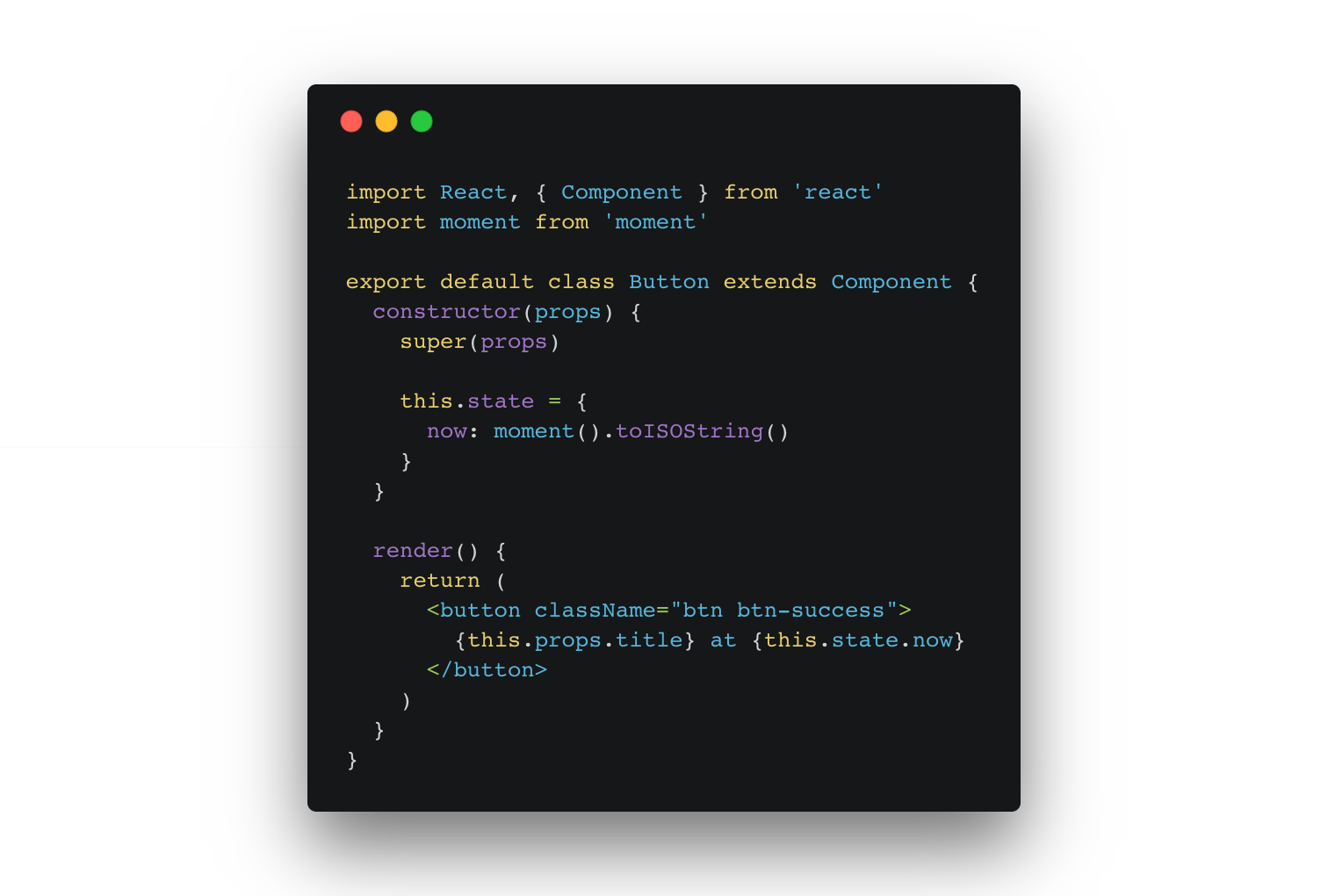
Render?
"Render" declares what you want to see
Components re-render when "props" or "state" change
You don't have to do anything
Render!
Components are Alive
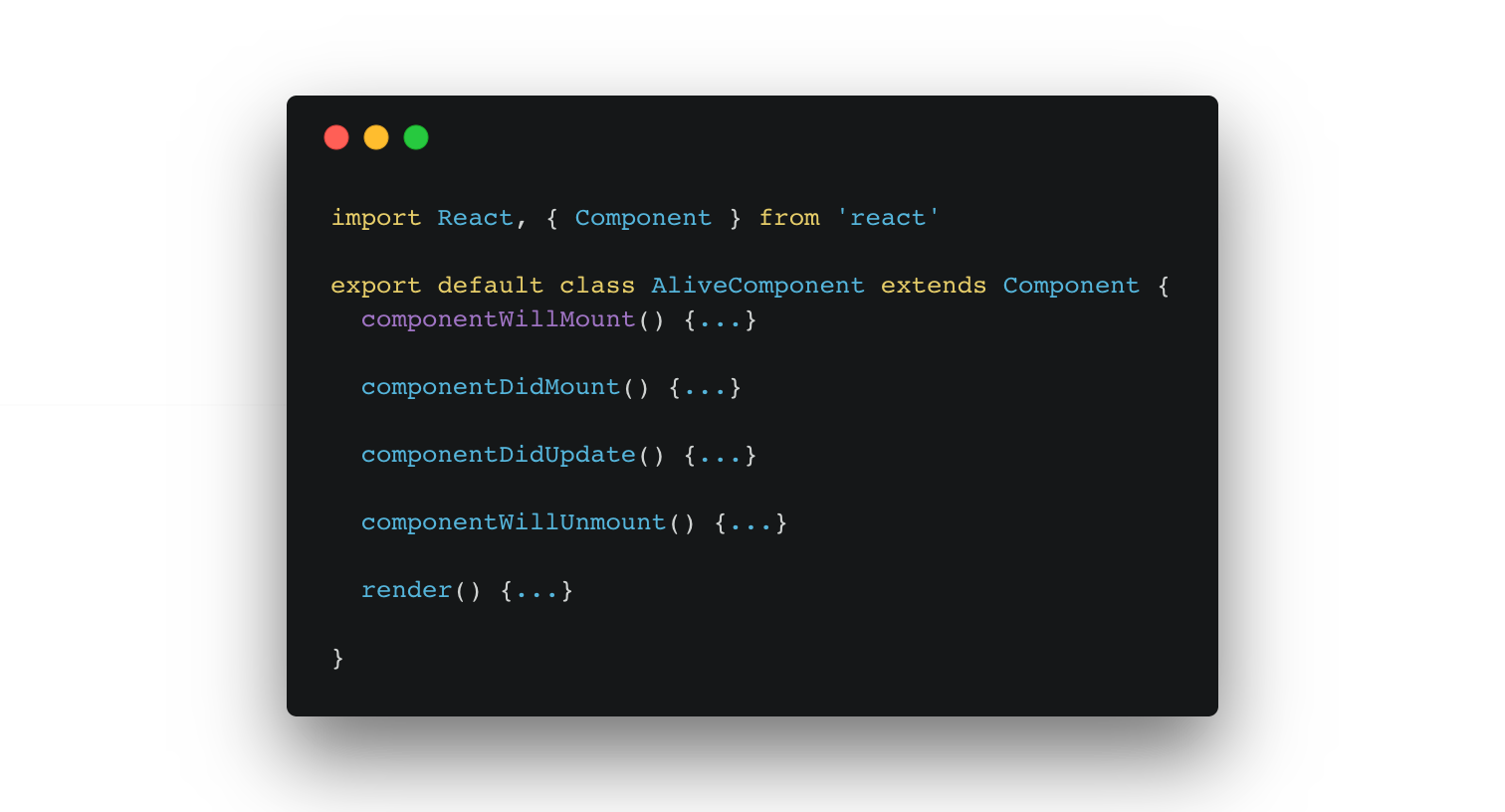
Changing "state"
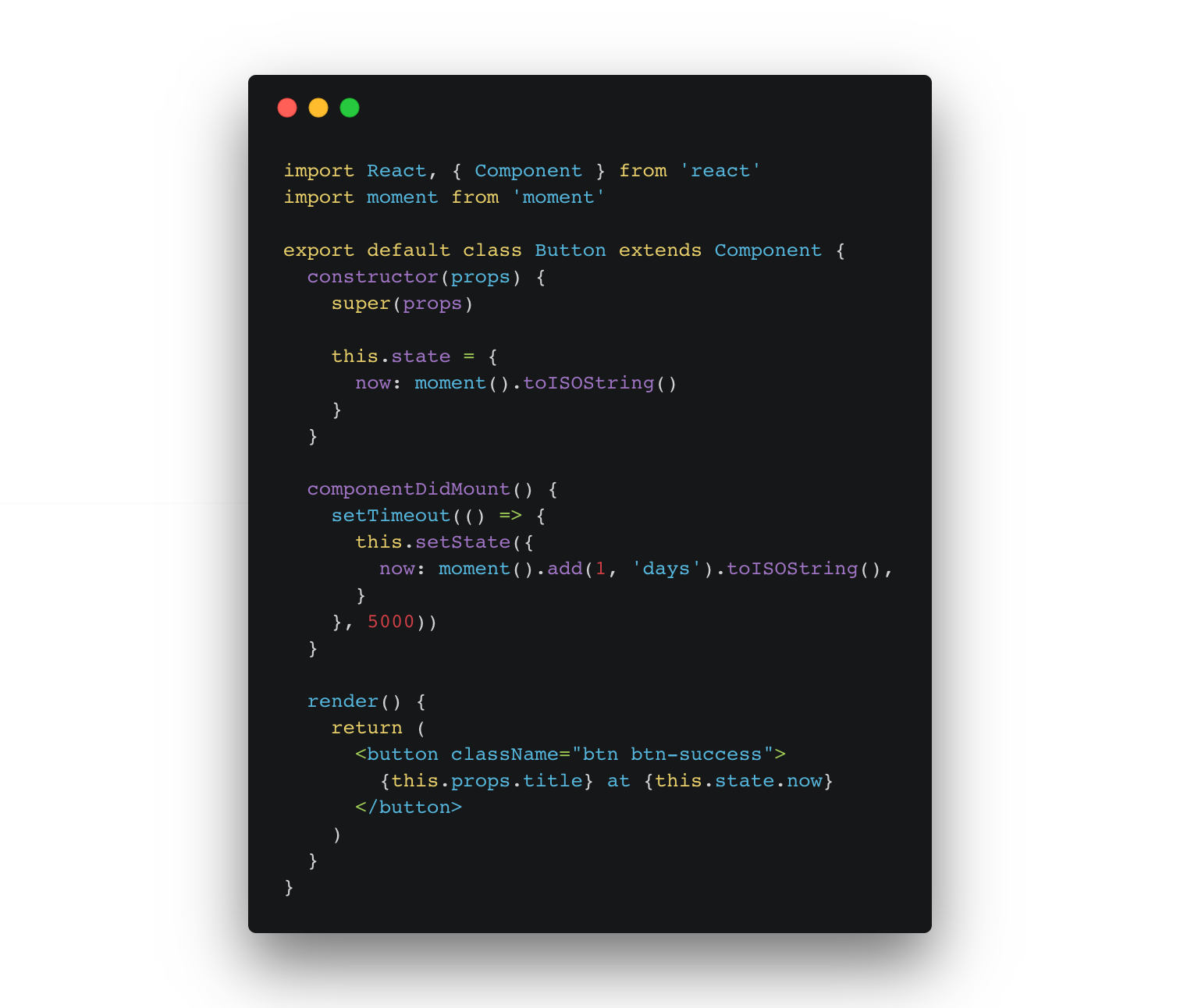
Unidirectional Data-Flow
The only way to re-render is change "props" or "state"
Props are immutable
State can only be changed with "setState"
React automagically re-renders
Virtual DOM
Description of current DOM
On re-render, React computes new DOM description
Diff DOM descriptions
Batch-apply diffs
Too Abstract
Ecosystem
Babel
ESLint
Webpack
JSX
Redux
MobX
ES6
Flow
PropTypes
DevTools
React Native
React VR
ESLint
Storybook
Jest
Enzyme
ReactDOM
hashHistory
create-react-app ftw
Let's Play
